The 3rd
LaureateArchitecture
Gae Aulenti
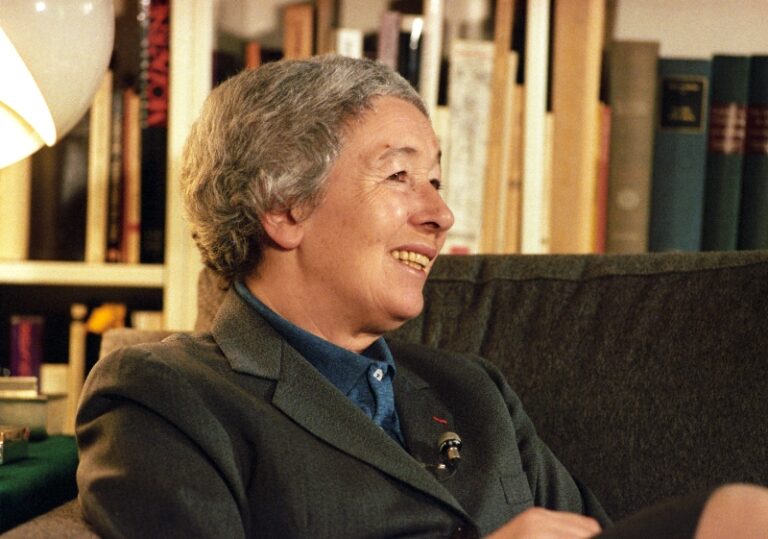
Gae Aulenti stands out as one of Italy’s most versatile and eclectic architect-designers of the postwar period. From domestic architecture in Milan to storefronts around the world,from the classic lamps and furniture of the 1960s and 1970s to the conversion of a railway terminus into the Musée d’Orsay in Paris,from the magnificent austerity of a Tuscan garden to the gigantic sets for operas at La Scala,Aulenti’s ability to express a unified vision in a variety of forms has remained supreme. In many ways her unique contribution can be seen as a total cultural production across a lifetime rather than the familiar architect’s aspiration to achieve a total work of art. She occupies an indisputable position in the history of design,not only in Italy but worldwide.
Biography
There are surely as many ways of practising architecture as there are architects,and yet Gae Aulenti stands out,even within the perennially eclectic and versatile Italian scene. Her range as an architect is particularly fulsome and even somewhat theatrical – much of her most powerful work has been realised,quite literally,for the stage. In addition to this,she has dedicated a great deal of her career to the creation and rearrangement of museological space and to the display of art in general.
Her realised free-standing architectural works have been few and far between,and with the singular exception of the Città degli Studi College,completed at Briella in 1994,they have mostly been of a domestic and rather eclectic character. Aulenti has,however,had her moments of projecting architecture in the grand modern manner,as in her remarkable projects for the re-use of industrial land in the 1986 competitions for Lingotto in Turin and the Bicocca in Milan. On these occasions she led a large team of architects and in this respect we may assume that certain of her collaborators came to the fore in ways that were rather foreign to her general way of working.
Aulenti’s residential work has surfaced sporadically across a wide span of time from her first house built in San Siro,Milan in 1956 (realised two years after her graduation from the Milan Polytechnic),to later essays in domesticity such as the private houses she built in Pisa and Genoa in the early seventies. In this domain she has perhaps been at her best in the multi-levelled intimacy of her own apartment in Milan and the four square,single-storey neo-classical house that she built in Parma in 1975. Perhaps the most sublime domestic work to come from her hand was the garden of a fourteenth-century house in Tuscany – a terraced greensward surrounding the house,designed in collaboration with Federico Zürcher and completed in 1970.
Whether by design or by circumstance,Aulenti has conceived of her profession as embodying an implicit mandate to contribute to the everyday discourse of life at whatever level this may occur – be it furniture,interior design,product display or the creation of a mise-en-scène for permanent or temporary art,or settings for the stage itself. In many ways her unique contribution can be seen as a total cultural production across a lifetime,rather than the more familiar architect’s aspiration to achieve a total work of art.
Aulenti’s verve and practical wit in the field of industrial design enabled her to hold her own against stiff competition from her peers. In so doing she produced such classic pieces as the Aprilina folding chair in 1964,the Pipistrello lamp in 1965 and the Gae Aulenti collection for Knoll in 1976. She has also continually risen to the challenge of designing and redesigning museum space,for example in her treatment of the Musée d’Orsay in Paris,where the grand artistic patrimony of France is framed and presented with fastidious attention to detail; and above all in the Palazzo Grassi in Venice,where she received the commission of both refurbishing the palace itself and designing the inaugural blockbuster exhibition on Futurism in 1986. This was followed by the equally superb exhibitions that she staged there for The Celts in 1991 and The Western Greeks in 1996. Her redesign of the Salle d’États in the Louvre of 1991 and her temporary exhibition gallery for the 1994 Milan Triennale show Aulenti at the peak of her powers.
All of this brilliant work seems to pale however,beside her fertile association with Luca Ronconi in the Laboratoria di Progettazione Teatrale di Prato,beginning in 1977 with a setting for Henrik Ibsen’s The Wild Duck. With Ronconi she would produce one breathtaking mise-en-scène after another,and go on to create equally dynamic settings for opera productions at La Scala in Milan,ranging from Karlheinz Stockhausen’s Samstag aus Licht,1984,to Richard Strauss’s Elektra,1994.
Apart from being an architect,Aulenti is a highly cultivated and critical intellectual whose cultural personality was shaped by serving on the editorial staff at Casabella-Continuità during the period of Ernesto Rogers’ editorship from 1955–65. At the end of that decade she began to devote herself exclusively to practice and now,after more than 30 years as one of Italy’s most celebrated architects,she occupies an indisputable position in the history of design,not only in Italy but worldwide.
Kenneth Frampton
Chronology
-
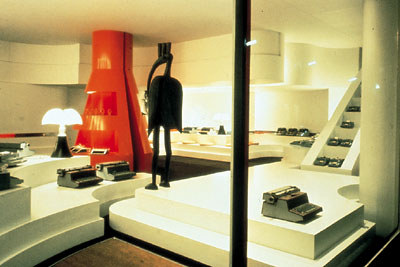
Olivetti Showroom
-
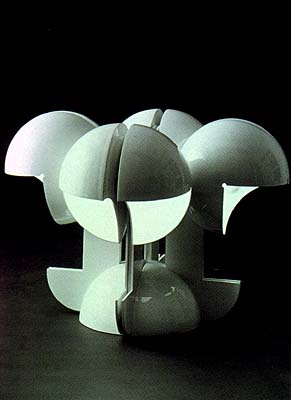
Ruspa table lamp, 1967
-
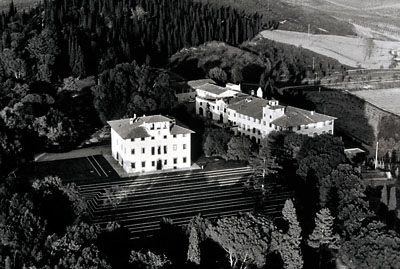
Granaiolo Garden
-
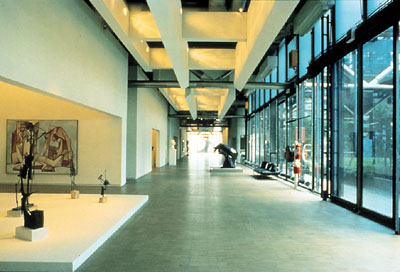
Redesign of the Musee National d'Art Moderne
-
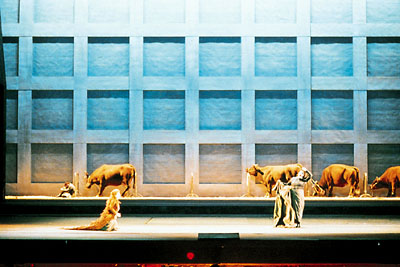
Set design for the Richard Strauss opera Elektra
-
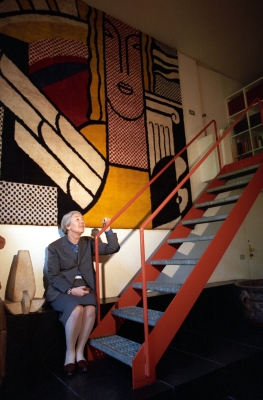
At her home

